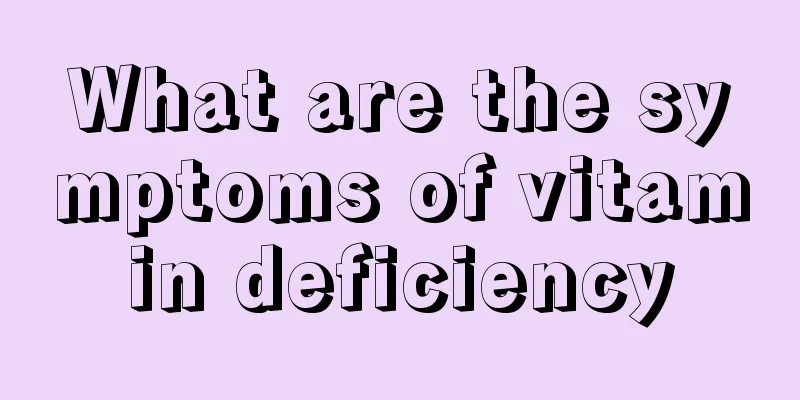How to treat ascites in liver cancer? Three methods to eliminate ascites in liver cancer

|
It is a malignant tumor disease. In the early stage, there are no particularly obvious symptoms. As the disease progresses and worsens, many symptoms begin to emerge. Liver cancer patients do not have ascites in the early stage. As the disease worsens, hepatic ascites will appear. After the onset of hepatic ascites, treatment must be taken immediately. After the onset of hepatic ascites, albumin must be supplemented. At the same time, relevant drainage must be taken to avoid the aggravation of discomfort symptoms. 1. Classification: The overall clinical manifestations can vary greatly depending on the patient's age, the type of lesion, and whether or not there are other lesions such as cirrhosis. Patients can generally be divided into four types: (1) Cirrhosis: The patient originally had symptoms of cirrhosis, but recently developed liver pain, liver enlargement, liver function decline, etc.; or the patient recently developed symptoms similar to cirrhosis such as loss of appetite, anemia, emaciation, ascites, jaundice, etc., but the liver enlargement was not obvious. (2) Liver abscess: The patient has obvious liver enlargement and significant liver pain, which develops rapidly and is accompanied by fever and secondary anemia, which is very similar to a single liver abscess. (3) Liver tumor: This type is more typical. The patient was originally healthy but suddenly developed liver enlargement and other symptoms, which is undoubtedly a malignant tumor. (4) Cancer metastasis: Clinically, there are only manifestations of distant metastasis of the tumor, and the primary lesion is not obvious, so it is impossible to distinguish whether it is liver cancer or other tumors; even if the liver is enlarged, it is often difficult to distinguish whether it is primary or secondary liver cancer. Surgical treatment The traditional treatment method for liver cancer is surgical resection, but not all liver cancer patients are suitable for surgery. Only patients with good cardiopulmonary function, limited liver tumors, and no metastasis are suitable for surgery. In addition, most liver cancer patients in my country have a history of hepatitis and cirrhosis. Clinically, about 80% of patients cannot undergo surgery for various reasons. There are many non-surgical treatment methods for liver cancer, and each treatment method has its own indications. Only the method that suits the patient is the best method. The appropriate treatment method should be selected according to the patient's physical condition, liver function status, and tumor conditions. Interventional treatment is also a commonly used method. So what are the limitations of this method? Liver cancer mainly relies on the hepatic artery for blood supply, but there is portal vein blood supply around the cancer mass, and cancer cells can "survive in peace". Even if the operation is carried out super-selectively, due to reasons such as high-pressure injection, it may cause accidental thrombosis, shunting, and inevitable micro-metastasis; some patients have blood vessels blocked after one treatment, making it difficult to operate again. |
<<: How to prevent primary liver cancer? Key knowledge about primary liver cancer
Recommend
Some tips on preventing diseases in winter
Everyone knows that winter is a peak season for p...
Is strabismus easy to cure?
Strabismus can be corrected and treated through c...
Where to inject insulin
The human body's insulin is mainly secreted i...
Precautions after rhinoplasty with uric acid
No matter what kind of cosmetic surgery we do, we...
How to use an IV infusion pump?
With the rapid development of modern science, man...
What are the main reasons for the yellowing of the whole body in the late stage of liver cancer?
What are the main causes of yellowing of the whol...
Causes of complications of esophageal tumors
Esophageal tumors are malignant tumors that occur...
What are the related causes of lung cancer? Beware of 3 causes of lung cancer
No one can smoke for a long time, so that their l...
Does mangosteen enhance male sexual function?
Speaking of mangosteen, most people are familiar ...
What should I do if I have iron deficiency anemia
Anemia is very common in our daily life, and many...
What are the references for teratoma medication
Teratoma is a common type of ovarian tumor, origi...
What fruits are there
In our daily life, fruits are indispensable. Our ...
The butter can't be whipped
Butter is something that is used frequently in da...
If you want to get rid of pancreatic cancer, you must beware of its causes
Now more and more people are suffering from pancr...
What are the sequelae of thyroid cancer? Causes of thyroid cancer
Many people do not care about the post-treatment ...









